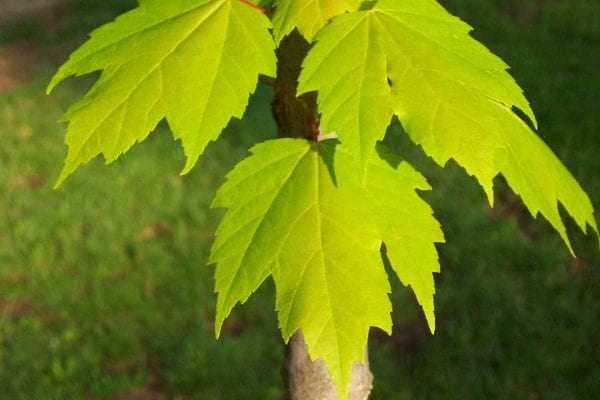
We are continuing to make progress on our ACER grant “Freeman’s maple (red x silver) potential for syrup production and resilience in Ohio’s forests.” Earlier in the month, we collected a series of reference samples from Secrest Arboretum and other locations of pure red maples, pure silver maples, and Freeman’s maples to dial in our approach for identifying individual trees in the Ohio State University-Mansfield research sugarbush via genetics. The Molecular & Cellular Imaging Center at Ohio Agricultural Research and Development Center (OARDC) in Wooster is processing the tissue samples in order to refine our genetic markers that are particularly useful for pinpointing hybridity of the Freeman’s or “rilver” maple.

How does one use genetics to identify different species or hybrids between two species?
Labs can slice out key segments of the DNA chain from extracted genetic material from plant cells, tissues, and seeds. Once the right part of the DNA chain is isolated, a process called amplification copies and replicates the genomic material to make the diagnostic markers easier to interpret. Polymerase chain reaction (PCR for short) is the most common method of amplification.
Try thinking about amplification this way.
You have no doubt used a photocopier in the past. PCR is just a biotechnology copying machine. Just as you might use your office equipment to make 100 copies of a single page out of a big book, PCR allows you to make copies of only the DNA piece that holds the information of interest. There is one key difference (among many!) between your normal office copier and this biotech PCR process though. A copier makes a stack of copies 1, 2, 3, 4, …97, 98, 99, and 100. PCR makes copies more efficiently, exponentially actually – 1, 2, 4, 8, 16, …128, 256, 512, so on and so forth.
Enough about amplification, what can we do with diagnostic markers once we have made a whole bunch of duplicates. Genetic markers are essentially genetic fingerprints. The unique segments of DNA – the genetic fingerprints – differentiate different species from one another or show varying degrees of hybridity. These fingerprints can be visualized with another lab process called gel electrophoresis. Another big word, apologies. But the main point is this – gels allow us to see, actually see with the naked eye, the genetic fingerprint of our sample and allow us to decide which species or hybrid we are examining.

Above is a panel of genetic fingerprints for differentiating silver maple on the left and red maples on the right. The image was published as part of a study in 2019. You can see that silver maples on the left are characterized by two bright bold lines at the bottom of the panel and a third almost halfway up. Red maples, on the other hand, share the top and bottom band with silver maples, but have a different unique fingerprint with the second marker landing halfway in between.
Enough Genetics 101 for now…the ACER research continues to progress, and we are working toward a more reliable way of understanding how much red versus silver maple genetics are in our “rilver” research maples.
Author: Gabe Karns, OSU Mansfield & SENR 




